Tribal Knowledge To Strengthen Your Cybersecurity Posture
Security has always been a critical challenge for any business – big or small as your customers wish to ensure their trust in you and your business while you want to maintain their loyalty. In today’s fast-paced world of change and adaptation, there is no Royal Road to follow within cybersecurity or a singular fix. As businesses move to cloud-native environments, it is imperative to maintain a healthy cybersecurity posture, Data Security, and Data Privacy. As our protection methods increase, so do the attacking methods of those looking to exploit weak spots within systems. Revisiting our cybersecurity posture is an essential task amidst an ever-changing IT landscape. This will help ensure strength and protection against outside influences who would wish harm on your business through data acquisition, manipulation, and deletion.
Revisit solutions for your Zero Trust strategies.
To begin revisiting our Cyber Security Posture, it is crucial to understand and implement Zero Trust Security Strategy. This strategy was developed as a means of control on security. Put quite simply, there is zero trust across the board, which means that in a hybrid cloud environment or cloud-native, it is required to verify appropriate access to the right employee or customer. There should be double and triple checking of who it is coming from and who it is going to, this being access, files, or data, in order to ensure that you are not trusting a source and risking information leak but instead not trusting any source to begin with and then verifying via other protection methods such as a SEIM Solution.
One effective way to bolster your cyber security stance is by tapping into existing knowledge of your IT systems, documenting that, and creating shared reserves of documents. When you share this with your IT teams, it will allow them to encompass the experiential/experimental phase of learning by doing. Over the years, however, this practice will cultivate a valuable repository of practical understanding that can serve as the foundation for cyber security best practices.
As your organization pivots towards cloud-native ecosystems, leveraging tribal knowledge becomes a cornerstone of your IT management strategies. This reservoir of knowledge informs decision-making processes, enabling you to address potential pitfalls and navigate the evolving cybersecurity landscape proactively.
Fostering Cybersecurity Awareness and Vigilance
A proactive commitment to cultivating cybersecurity awareness among your workforce is central to your cybersecurity evolution. Educating your employees about the significance of protecting digital assets fosters a culture of vigilance. By infusing your organization with this ethos, you empower each team member to contribute to the collective shield against cyber threats.
Within this context, the concept of Zero Trust Security Strategy emerges as a linchpin. This approach mandates meticulous verification of access, files, and data, both incoming and outgoing, within hybrid cloud or cloud-native environments. Zero Trust casts aside blind reliance on sources and mandates stringent authentication procedures augmented by advanced solutions like Security Information and Event Management (SIEM) systems.
The 3 “Ms” of Privilege Access Management (PAM)
As Chris Owen, the Director of Product Management, described in his blog article on saviynt.com – The three “M’s” of Privilege Access Management (PAM), the below understanding makes sense to me.
- The first M is Mistakes, which can take many forms but are sadly unavoidable. So long as we are human and not machines, someone can always accidentally fall for a phishing scam or scheme of attack. However, these mistakes can be mitigated through procedures and proper security software/solutions implemented in this ever-changing IT landscape.
- The Second M is Misuse of information or company security for personal gain. This misuse can come from a disgruntled employee or a lack of Zero Trust implementation, leading to a leak.
- The Third M is a Malice attacker looking to cause harm to a company for financial or disruptive means. The ways in which this can be done are many, and they grow every day as we find new ways of protection, they find new ways of access. An estimated 74% of these access leaks intended for malice are from the prior M, Misuse, as a lack of Zero Trust, or renegade employee. Someone from a reputable email address may be looking for passwords and data access, yet upon receiving the information wanted, they are found to be an attacker. This can be avoided through Zero Trust and properly following procedural acquisition through PAM solutions.
IAM vs. PAM — What’s the Difference?
IAM, or Identity Access Management, is a tool to aid in the management and control of access and general resources within an organization’s network and cyber environment. These tools can be simple as a proper Username and Password that are monitored upon their use to gain access to system networks.
PAM, or Privileged Access Management, is akin to the former but allows for a higher level of management and control. As it supplements IAM, the infrastructure with which it is built allows for the automation of threat detection and authentication methods. Essentially a version with IAM as a cornerstone. This is essential for businesses to keep track of who is logging in where and what is being sent to whom? The threats grow every day, and an automated form of protection allows you to focus on your business and still be actively fighting attacks from your periphery.
Data Privacy vs. Data Security — What’s the Difference?
The next place to reevaluate and bolster is Data Privacy and Data Security. Data Privacy and Security are well outside the cyber world, but they are crucial elements to ensure and enact within it. Data privacy is a reason customers and partners have and maintain loyalty to you and your business as you uphold regulation practices in who gets shared the information and who may use it or internal security of data within the business. This is, simply put, how the data is controlled within a business, who has access, who can see shared data, and who might use said data. At the same time, Data Security is the technical solution that actively fights off incoming attacks and notifies of a possible threat, such as the above bullets. Data Security is the software and active methods implemented, like zero trust, that assist in protection from outside threats. Alone, they are safety measures that uphold different sides of security, but together and implemented with proper care/daily precision, they are a foundational security measure within any great business that covers all fronts both from within and without an organization.
Incorporating Tribal Knowledge and IT Security Governance
The infusion of tribal knowledge into your cybersecurity blueprint infuses your strategies with real-world insight. As you refine your IT security governance, tribal knowledge reserve empowers decision-making, enabling you to fine-tune your defense mechanisms. This dynamic interplay between proven practices and evolving insights fortifies your organization against ever-advancing cyber threats.
Ultimately, the journey toward an unassailable cybersecurity posture is ongoing. While absolute invulnerability remains elusive, your unwavering dedication to data protection methods, IT risk management, and cyber threat intelligence exponentially diminishes the potential for breaches. By championing this steadfast commitment, you don the mantle of a vigilant guardian, preserving customer loyalty and trust through unwavering cybersecurity excellence.


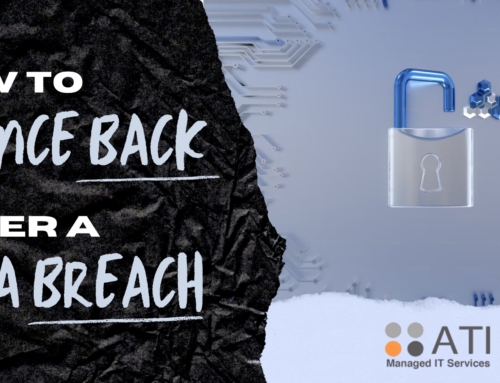

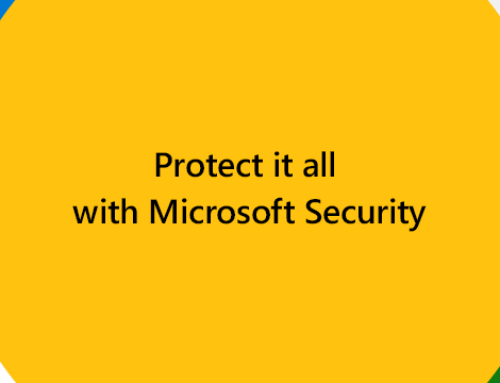
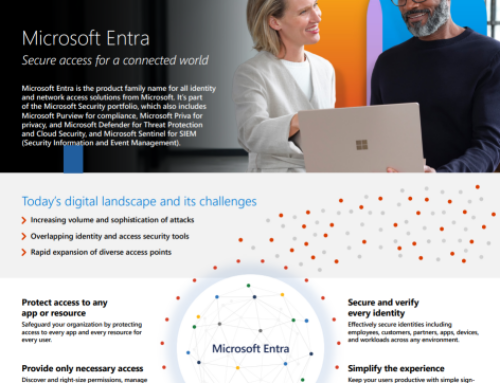
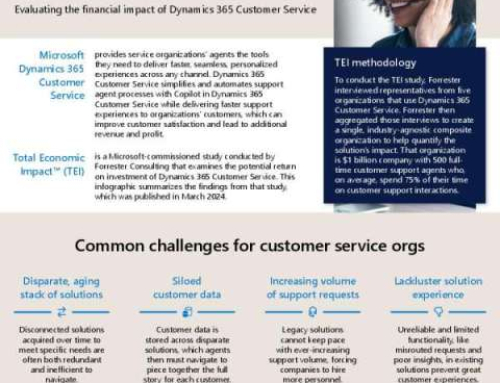

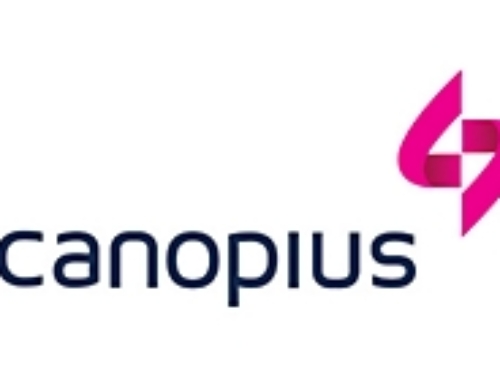
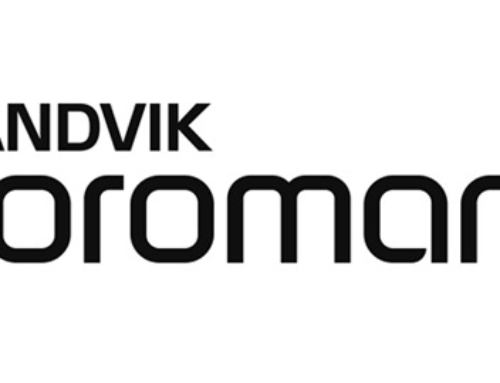
Leave A Comment